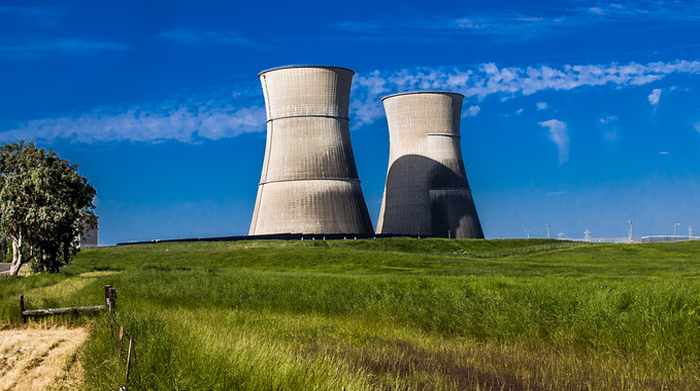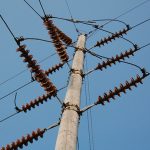Nuclear Power Production Set to Increase in the U.S.

Image courtesy of Ron Reiring under Attribution-ShareAlike 2.0 Generic License, resized to 700 x 391 pixels.
After a long period of stagnation, nuclear power production in the U.S. may finally be getting a boost. Today’s post aims to take a look at the trials and tribulations of nuclear power in the U.S. over the past 70 years and predict where it may be heading in the future.
Nuclear Power Production – Then and Now
Technically, the first nuclear power plant in the U.S. – the Experimental Breeder Reactor I in Idaho – went online in 1951. The regulatory framework for nuclear power was established in 1954 by the Atomic Energy Act, and a few years later, in 1957, the first commercial nuclear plant in the world went online – the Shippingport Atomic Power Station in Pennsylvania.
Soon thereafter, the sector experienced tremendous growth. Nukes were erected all across the nation during the 1960s, and by 1973 there were 29 nuclear reactors in operation producing over 16,000 MW of power. By 1980, the number of active reactors had more than doubled to 60, producing more than 50,000 MW of power.
Unfortunately, it was around this same time that the industry would be forced to pare back. The Three Mile Island accident in 1979 spooked industry leaders, regulators, and customers alike. Even though the accident did not kill or injure anyone, it increased the general level of societal opposition to nuclear power.
Despite the growing opposition, nuclear power continued to expand, but eventually plateaued in 2000 – in fact, only 2 new reactors have come online since 1996. This plateauing was not helped by the Chernobyl disaster in 1986 and, later, the Fukushima disaster in 2011.
Despite the slowdown, there are new signs of life. Georgia Power is gearing up to activate 2 new reactors this year – the Vogtle Unit 3 reactor is expected to start commercial operation by June, and Unit 4 is currently targeting a November startup.
Going forward, the huge time and cost overruns that have been experienced with recent nuclear projects will likely preclude the construction of new conventional nuclear reactors in the U.S. anytime soon. But that does not mean new nuclear capacity won’t be brought online – Small Modular Reactors (SMRs) will fulfill the next generation of nuclear power production, and this new technology should spawn the development of new capacity.



